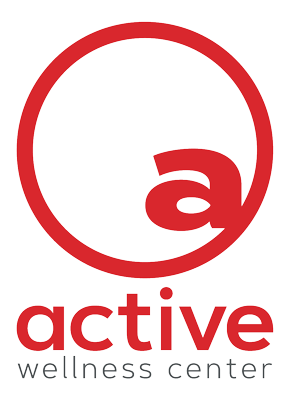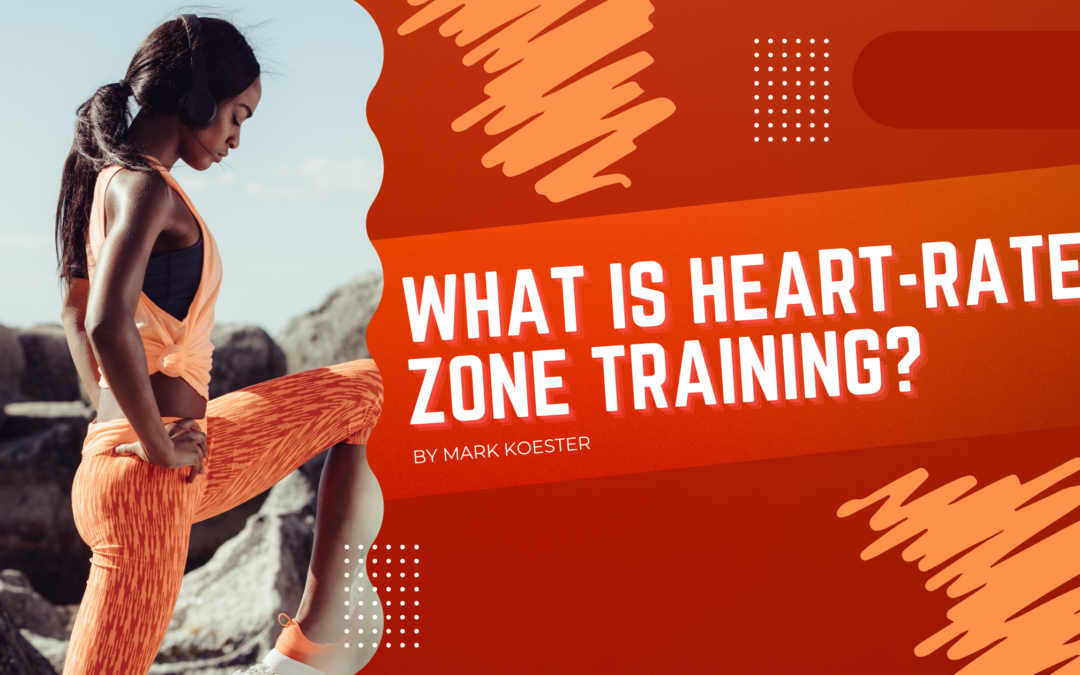Heart-rate zone training is defined as specific training levels (zones) based on your maximum heart-rate. As you increase your pace, cadence, and effort, you increase the demands on your heart.
Typically when we hear the phrase “heart-rate Zone training” it’s geared towards super fit athletes and how they train, and not us ordinary people. Guess what? It is not JUST for the super-fit, tech-savvy marathon runners or athletes.
When it comes to training for a specific goal like fat loss, muscle gain, or overall weight loss the most powerful bit of information you can be in tune with, is knowing your heart-rate zone during your workout. This is because, well, there is a chance, you may not be working hard enough, OR you may be working too hard to achieve your goals–imagine that!
Without boring you too much with the science, the first thing you should understand is that the primary fuel your body uses during exercise is either fat, carbohydrates, or protein. Each of these nutrients fuel your workout at different intensities. Which nutrient you primarily use will determine your body composition (also known as how you look and feel). The best example of how using a different heart-rate Zone for training can affect your results is to take a look at Olympic sprinters vs marathoners. If you closed your eyes and tried to picture both I am sure you would see that they both have VERY different body compositions. This is not by accident. This is because they are training at different durations and heart-rate intensities. The higher your heart-rate gets, the more calories you’re burning. However, the higher your heart-rate climbs, the more carbohydrates, as opposed to fat, will be used for energy. This is because your body can’t burn fat at high intensity and goes for what is first available-Carbs (and proteins)! When you manage your heart-rate zones you can choose which fuel source you will primarily burn – Fat, Carb, or Protein – based on the results you want to achieve.
Easy Peasy.
Simply put, I recommend that everyone use a heart-rate monitor when exercising. They come in all shapes, sizes, and price points to fit every budget. There are reports of varying levels of accuracy depending on which one you use and you can do some research online to find the best fit for you. Once you find your heart-rate monitor of choice, you will need to do some math to figure out your maximum heart-rate so we can figure out your training zones. Most heart-rate Monitors will do this for you but it’s best for you to do the math yourself to be sure.
Here is the simplest formula to use:
220 – Your current age = X
X = Maximum heart-rate. (For example, if you’re 40, your max heart-rate is 180.)
Now that the hard part is over it’s time to exercise in the heart-rate Zone that is best for your goals and level of fitness.
See the different zones below:
- At 50-60% of the maximum heart-rate, you are using roughly 85% FAT to burn calories.
- At 61- 70% of the maximum heart-rate, you are using roughly 65% FAT to burn calories.
- At 71-80% of the maximum heart-rate, you are using roughly 45% FAT to burn calories.
So as you can see the lower the intensity the better chance you will be using primarily Fats when exercising. The primary goal of the average gym user is to burn fat and build muscle. Unfortunately, if you look around the fitness centers today you will see that most people are working at too high a heart-rate zone to achieve the goal they want and burning out too quickly to keep consistent with their workout regimen.
Enjoy the burn!

Written by:
Mark Koester, Active Fitness Product Manager who coordinates our fitness product relationships and opportunities for the organization.

